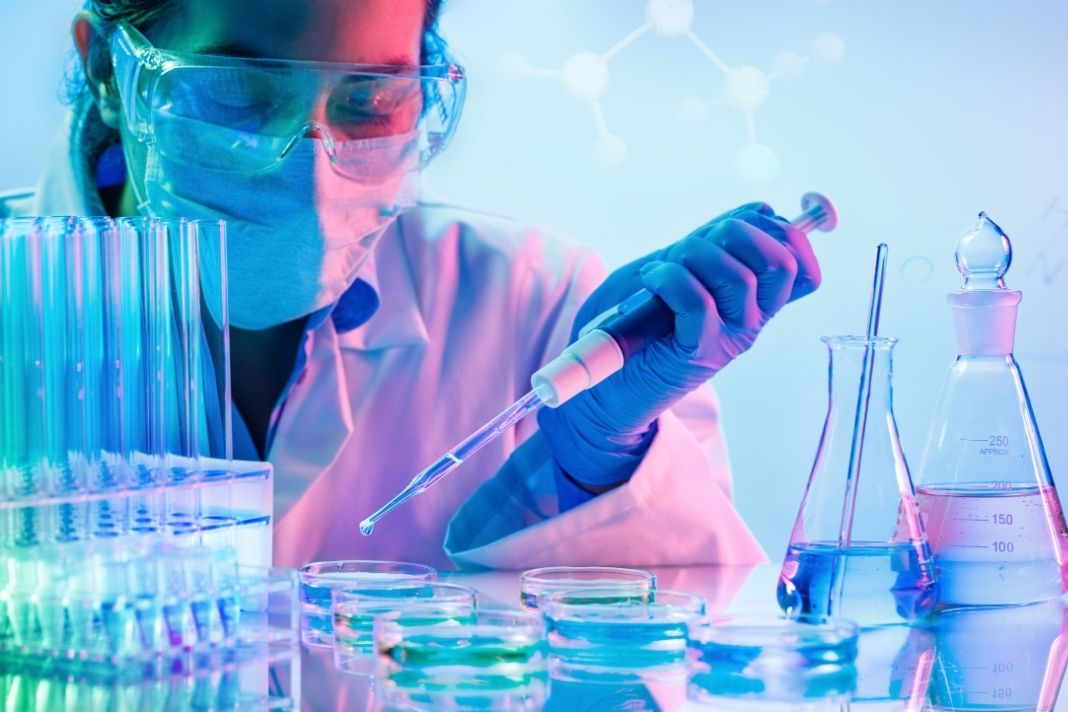Lab Equipment That Protects You From Hazards


You bought some essential lab equipment Malaysia and are in the middle of setting up your first lab when you remember the hazards that you may always face in your lab. You check your equipment and notice that something is amiss. None of them are specifically designed to provide you personal lab protection.
Whoops.
Luckily, your haven’t finished setting up your lab yet, so you have plenty of time to browse and buy the needed equipment. What are the most important protective pieces in every lab? What exactly will they protect you from?
Your windows of the world can be vulnerable to chemicals and vapors, and in additional to their importance, become one of the minimal vital areas that must be considered protection.
Safety goggles are an inexpensive protective equipment that must be included in every lab. They not only protect your eyes from splashing chemicals and physical impacts, some also provide protection from lasers and UV light. Being a fit-for-all eyepiece, this is also why there is no reason to not equip your lab with safety goggles.
Even with protective equipment, accidents can still happen, and you may never see one coming until it gets to you. In a case where your eyes were actually affected by chemicals, vapors or foreign objects like a tiny shard of glass, you must immediately rush to an eyewash station.
This station is the immediate first aid to your eyes, using high pressure water to wash out chemicals, vapors or objects and clean the hurt areas. Without an eyewash station, your eyes will have time to be affected by chemical burns, blindness and other types of permanent damages.
Speaking of water, you should also install safety showers so if chemicals make contact with your skin, these can help rinse them off and reduce the chance of prolonged exposure. A safety shower is activated with a cord that you have to pull to be drenched in water.
What is a lab without a even a single first aid kit? An unsafe and possibly illegal establishment. First aid kits are one of your lab’s biggest priorities and must be kept in a place where it is safe and visible to you and other scientists. Minor cuts, burns, bruises and other small injuries must be tended as soon as possible to minimize the risk of infection and the worsening of wounds.
Make sure that the kits are equipped with bandages, antiseptics, tweezers, scissors to cut the bandages or clothing, burn ointments and so on. First aid instructions are also very handy.
The classic attire of a lab worker, and deserves so for a good reason. A lab coat is not only a work uniform, it is also your personal protection against chemical splashes or spills. Cheap and easily maintained, they are one of the most common equipment that you will definitely see in labs.
Though they do a good job in protecting your skin, lab coats must be taken off when they are contacted by chemicals due to their absorbent materials. This prevents chemicals from being soaking onto your skin.
When handling dangerous materials or chemicals, your hands must be protected at all times. Enter lab gloves. The protection level varies on the types, so be sure to read their labels to determine the average protection you need in your lab. If you are going to handle more dangerous chemicals or heat, buy one with stronger protection against the elements.
You must always dispose your gloves properly whenever they are contacted by chemicals. Latex gloves are only good against water based chemicals. Nitrite gloves are an excellent upgrade.
Fire protection is the first protection that should come to mind, given that they are uncontrollable and destructive forces of nature. Equip your lab with fire extinguishers and drill your co-workers in using them. They must be kept in easily accessible, visible locations. There are four types that you must consider.
Class A extinguishers is effective against usual combustibles. Class B is for flammable liquids and gasses. Class C is for electrical equipment, and Class D is for combustible metals and metal alloys. Trying to put out a fire with the wrong class will not work and may worsen the flame.
Fire blankets are also useful to deal with flammable liquids and if somebody’s clothing ignites. They are used as a last resort when rolling on the floor to extinguish the flames fail.
Chemical fumes can spread around the lab, compromising itself, you and your co-worker’s safety. A fume hood is designed to suck, filter and release fumes away from the workplace. A fume hood also has space for you to work with chemicals inside, and is equipped with tough glass to protect you from impacts and splashes.
You need somewhere to safely store and lock away dangerous chemicals to reduce the risk of lab hazards. These cabinets are thus your answer. Some like fume cabinets are specially designed to clean up chemical fumes and possess resistance against corrosion.